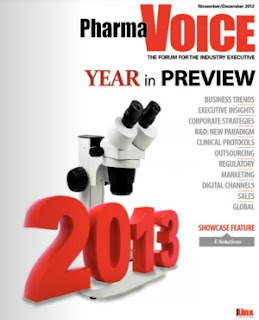
Dr. Cafazzo talks about empowering patients
Inspiring TEDxToronto talk provides examples of technologies that engage patients and help them live well.
 |
| Dr. Cafazzo talks about empowering patients |
Inspiring TEDxToronto talk provides examples of technologies that engage patients and help them live well.
I ran across an inspiring presentation by Dr. Joseph Cafazzo on the intersection of patients, healthcare providers, hospitals, and technology to empower patients to live better lives. This presentation was part of the recent TEDxToronto meeting. Dr. Cafazzo is the Lead for the Centre for Global eHealth Innovation, a state-of-the-art research facility devoted to the evaluation and design of healthcare technology in Toronto, Canada.
In the presentation Dr. Cafazzo shares that 75% of healthcare spending is spent treating seven conditions including…
* Diabetes
* Kidney disease
* High blood pressure
* Heart failure
* Lung disease
* Mental health
* Cancer
Dr. Cafazzo is a leading researcher on the use of technology to facilitate patient self-care of complex chronic conditions. In the video he shares several technologies that have made a significant impact to empower patients to manage their condition(s).
We live in exciting times where technology is stimulating monumental progress. Many new technologies are available to help patients be engaged and empowered to manage their health. Effective solutions are needed, and patients need options so they can select the tools that meet their needs and preferences from mobile health sites, app-based health management tools, telehealth devices, educational websites, to nurse educator programs that provide 24/7 assistance to answer patient questions.
At Tunstall AMAC we are focused on helping build and maintain relationships with patients, caregivers, and healthcare providers to drive awareness and knowledge, support patient adherence, and empower patients to take charge of their health. We offer a wide-variety of personal emergency response and telehealth devices that can be used in the home-setting, and we provide 24/7 monitoring and click-to-chat support services to provide support, information, and educational materials to patients, providers, and payers.
I’d like to hear your thoughts on the use of technology to engage patients and empower them to manage their health. Have you, or your company, used these technologies? If so, please share your insights and experiences.





















